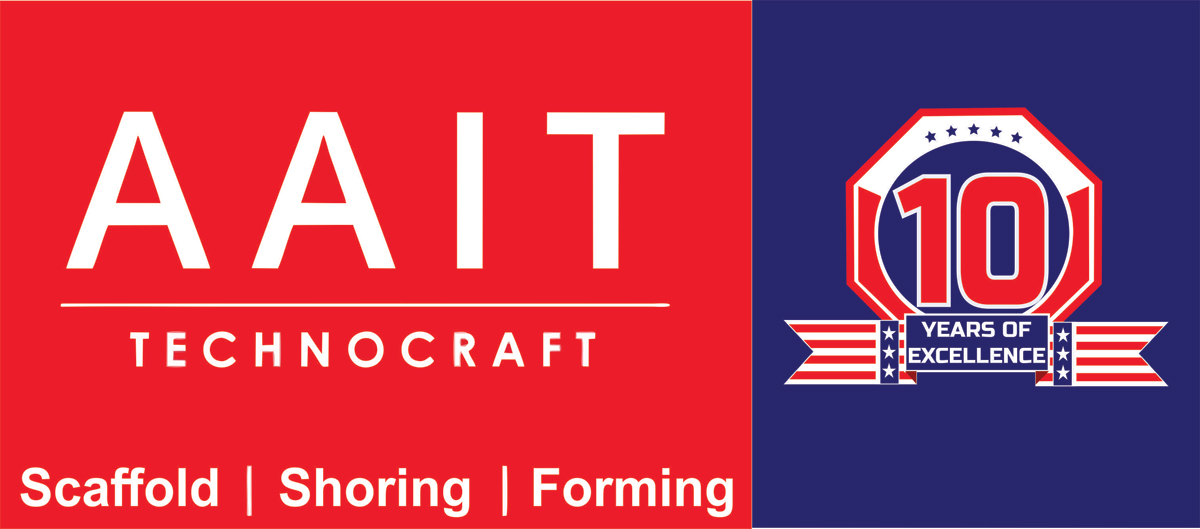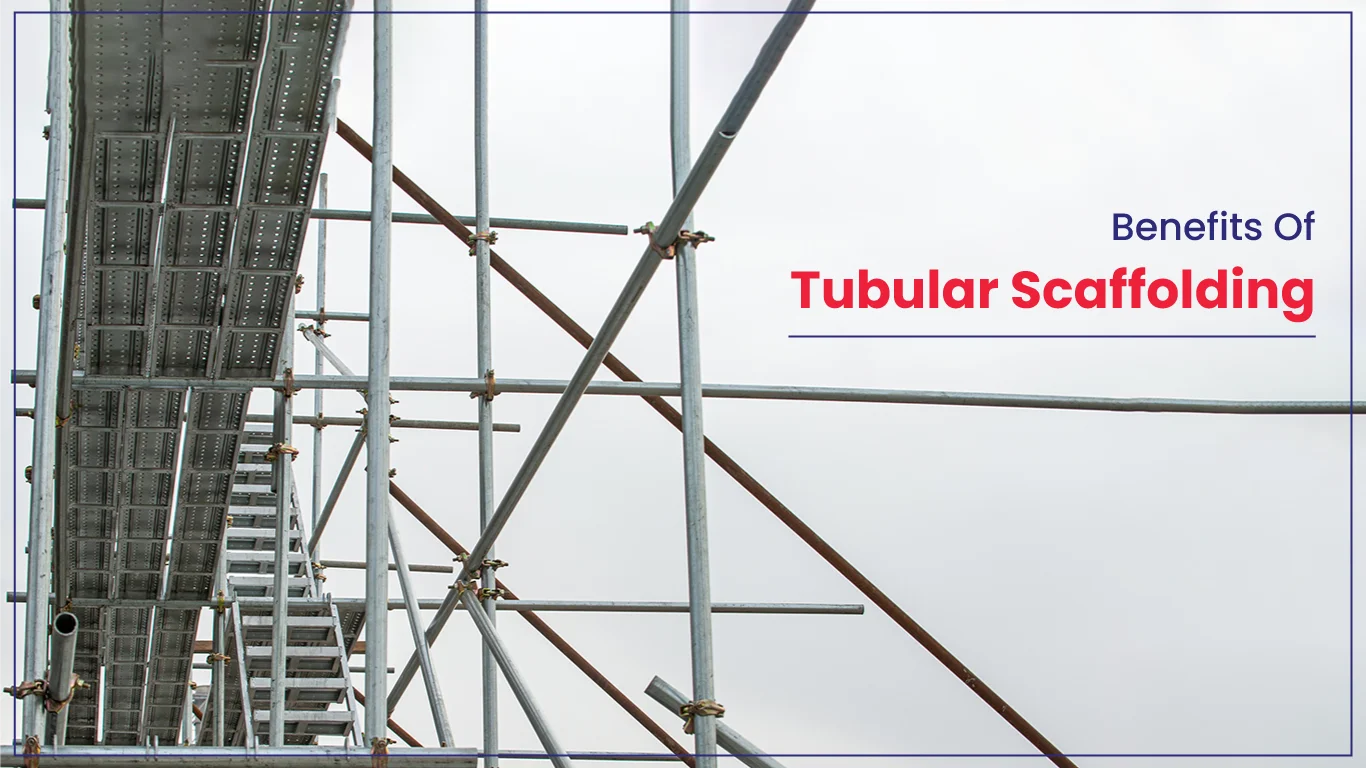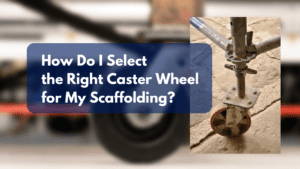Benefits of Tubular Scaffolding
Introduction
Scaffolding is like the hero that no one sees on building sites. The strong framework holds up workers and materials as they climb to new heights to build, fix, or renovate buildings. The tubular scaffolding system is one of the best types of scaffolding because it has so many benefits. We’ll talk about why tube scaffolding is a popular choice in the building business in this blog.
Benefits
Durability:
Tubular steel scaffolding is made with tough steel tubes that are strong and treated to resist rust and damage. This makes the scaffold durable even on busy construction sites with harsh weather and heavy loads.
The great thing about these steel tubes is that they can be assembled into different types of scaffolds for all kinds of buildings—homes, shops, factories, and more. Since the tubular scaffolding system lasts a long time, construction companies save time and money on repairs and replacements. It makes everything easier and smoother on construction sites.
Versatility:
The tubular scaffolding system is great for all kinds of construction work. Whether you’re building something new or fixing something old, it’s just what you need. The best part? You can adjust it to fit each project perfectly. Construction companies love it because it saves money and gets the job done right.
You’ll see tubular scaffolding a lot on big sites like skyscrapers. It keeps workers safe while they work high up. It’s also perfect for building bridges and tunnels, giving workers a strong platform to work from.
Ease of Use:
Tubular scaffolding is easy to put up and take down. Workers can do this without much trouble, even on sites with odd shapes or curves.
This system is great for tough jobs because it’s simple to use. It lets workers move safely around a structure. If they need to make changes, they can do it easily, which is helpful for big, complex projects.
Tubular scaffolding is light and portable. A small team can handle it, making it ideal for tight spaces and large areas.
Improved Efficiency:
Using tubular scaffolding can help construction projects run more smoothly. It allows personnel and their equipment to get up high and reach areas that would otherwise be difficult to access. This means they can accomplish more in less time.
Tubular scaffolding system is also capable of supporting high loads such as building supplies and tools. Workers can move objects around more easily, increasing productivity.
Improved Safety:
The tubular steel scaffolding is designed to be extremely safe and sturdy, especially for personnel up high. Guardrails and toe boards have been erected to increase safety. These provide workers with additional protection while at work.
Tubular scaffolding system can sometimes be fitted with sound-absorbing sheets to reduce noise. This is especially useful in congested urban areas where construction noise can be disruptive. These sheets are made of a durable substance that absorbs sound. When they are installed on scaffolding, they reduce noise on the work site. This makes it less disruptive to adjacent residents and businesses. Furthermore, it improves worker safety and comfort.
Conclusion
The tubular scaffolding system is like a hero on construction sites. It keeps workers safe by providing a strong and stable platform to work on. Its sturdy design prevents accidents, making it a reliable choice for any construction project. It sets up quickly and can be adjusted to fit any job, no matter the size or complexity, which means less downtime and more productivity. The durable metal tubes are built to last, offering solid support throughout the project, even in bad weather. When you see those metal tubes on a construction site, you can be sure they make everything safer and easier for everyone.
The tubular scaffolding system is also very versatile. It can be set up in different ways to handle various tasks, whether it’s for building maintenance, repairs, or new construction. Its adaptability makes it a top choice for many contractors. Plus, it’s easy to put together and take apart, so it can be moved and reused on different sites, providing cost-effective and efficient solutions for ongoing projects.
In short, tubular scaffolding not only enhances safety and efficiency but also boosts the overall workflow on construction sites. It combines strength, flexibility, and durability to support workers and projects alike.
AAIT Scaffold
Tubular steel scaffolding is super important for construction work in the USA.
Our scaffolding accessories are tough, flexible, and easy to use, making it a top pick for construction companies. Using tubular scaffolding from AAIT Scaffolding can make your project safer and smoother.
Our team knows scaffolding well. Whether it’s a small job or a big project, we’re ready to help. We’re all about providing top-notch scaffolding that stands out.
Try AAIT Scaffolding and see the difference. Just email us with pictures and plans of your site, and we’ll get back to you.
What makes our scaffolding special? Our commitment to quality and safety. Our products meet all necessary standards and regulations, keeping your workers safe. Plus, our scaffolding is easy to set up and take down, saving you time and effort.
We also offer a range of accessories for your specific project needs. From adjustable bases to sturdy guardrails, we have everything you need for a safe and efficient work environment. Our scaffolding is durable and adaptable, fitting any construction task.
At AAIT Scaffolding, we pride ourselves on great customer service. Our experienced team is ready to help with any questions or concerns. We work closely with you to make sure you get the right scaffolding solution for your project.
Don’t settle for less when it comes to safety and efficiency. Choose AAIT Scaffolding for reliable, high-quality scaffolding you can trust. Contact us today to learn more about our products and services. We look forward to helping you achieve a successful and safe construction project.












 Download
Download
